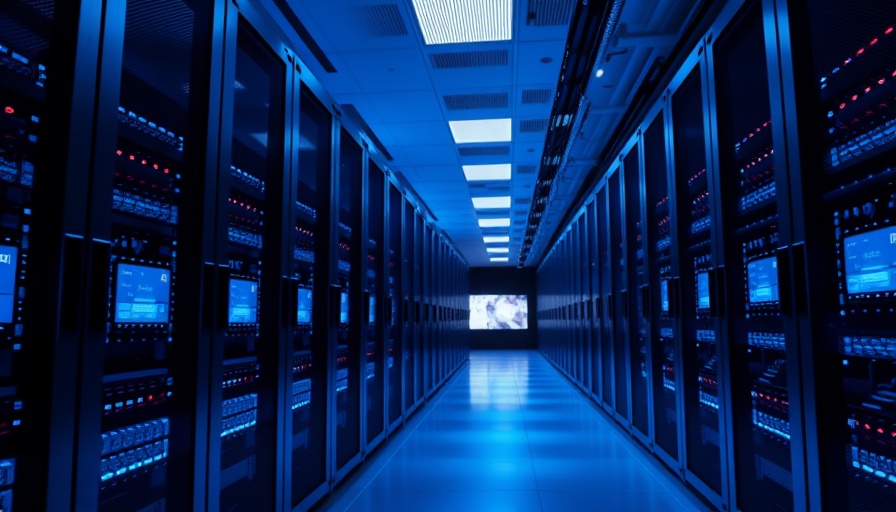
The Rising Power Demand of AI
As the world continues to embrace the capabilities of artificial intelligence (AI), the implications for energy consumption become increasingly apparent. A recent analysis by PhD candidate Alex de Vries-Gao highlights a concerning trajectory: AI could account for half of all data center power usage if the surge in demand persists. This analysis draws from data that situates current global electricity consumption of AI data centers at an astonishing 82 terawatt-hours for this year alone, a figure comparable to the total energy consumed by countries like Switzerland.
What This Means for Data Centers
The International Energy Agency's reports indicate that data centers are already responsible for around 1.5% of global energy use, a percentage that is rapidly expanding. These facilities do not just facilitate AI; they also manage vast amounts of cloud storage and data processing, including the energy-intensive operations for activities such as bitcoin mining. As AI technologies like ChatGPT gain popularity, the energy requisites for operating such systems indispensable to their functionality are becoming glaringly evident.
The Environmental Concern
With this rise in power consumption comes a hefty environmental concern. If AI data centers largely continue to draw their electricity from traditional power grids, we're looking at both escalated power prices and potentially higher emissions of greenhouse gases. Much of the world's electricity is still derived from fossil fuels, particularly coal, thus exacerbating global warming challenges. De Vries-Gao emphasizes that the method of energy consumption should prioritize sustainability to mitigate such impacts.
Future Trends in Energy Consumption
The possibility that AI applications may double in demand within the year introduces a significant concern for both the energy market and environmental health. The increase in electricity use can drive prices up, impacting the broader economy while raising questions about the sustainability of our current energy models. As industry professionals evaluate future energy strategies, the importance of sustainable practices and innovative solutions is paramount for balancing technological advancements with ecological responsibility.
Insights for AI Stakeholders and Policymakers
For stakeholders and policymakers in the AI field, understanding these energy consumption trends and their implications is vital. There's a powerful argument for investing in renewable energy sources and developing more efficient data center technologies. Leaders in the AI sector must collaborate to develop standards and practices that prioritize not only performance but also sustainability.
Final Thoughts
The growing relationship between AI and energy consumption cannot be ignored. As we move further into an increasingly AI-centered world, decisions made today about energy strategies and environmental responsibility will shape the future of technology and its impacts on our planet.
 Add Row
Add Row  Add
Add 




Write A Comment